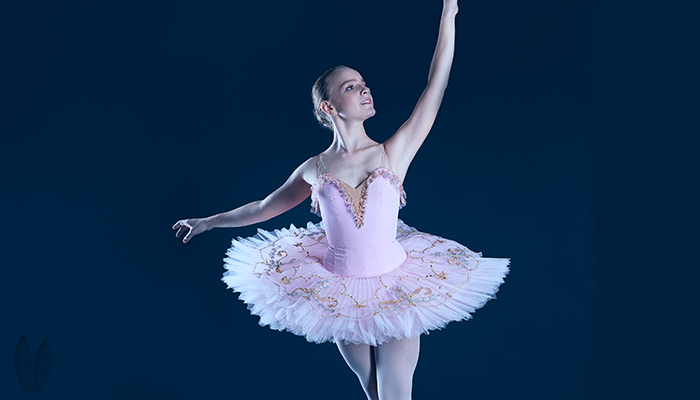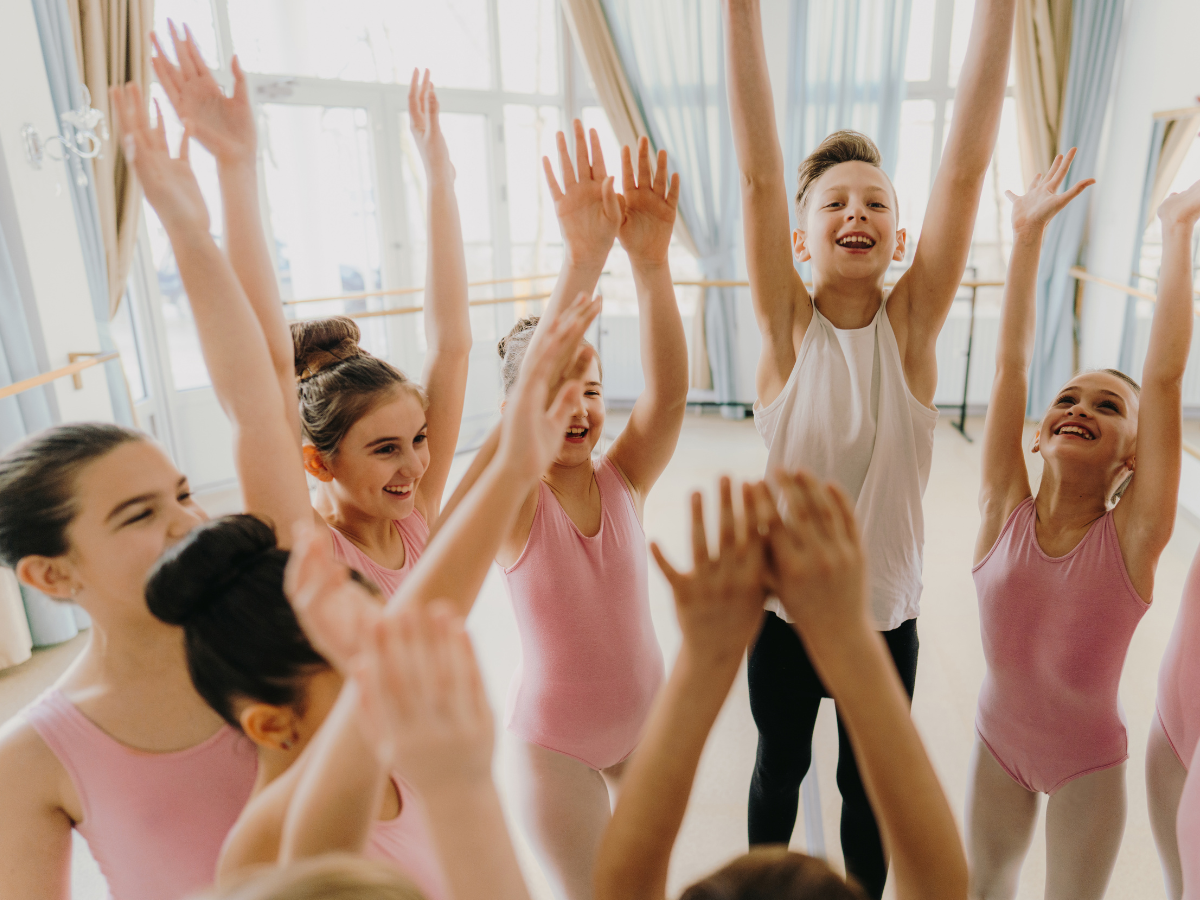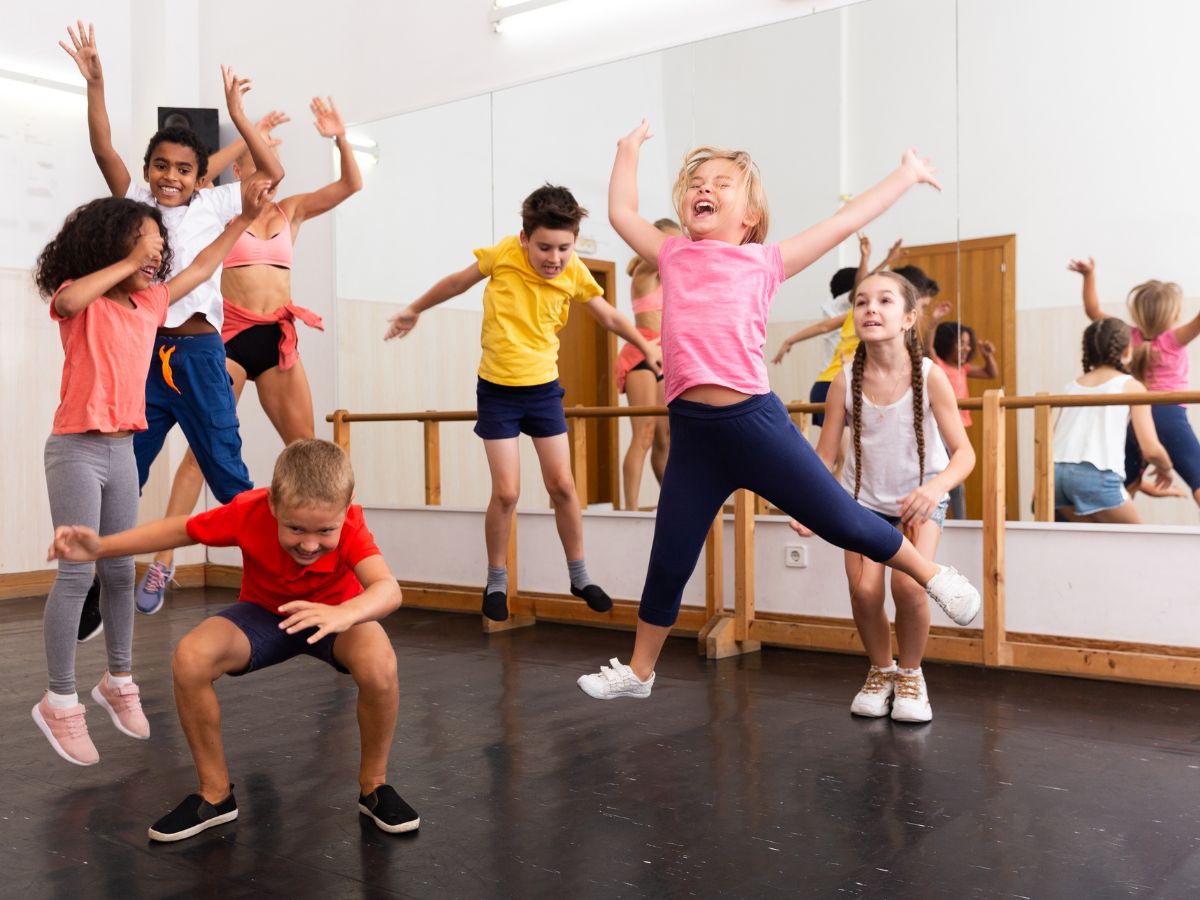A Little Ballet Background
Ballet was “born” in Paris, France in 1661. From France it traveled to Italy and Russia where ballet masters continued to teach and improve upon ballet’s methods.
Ballet made it to America and grew into a beloved art form with a rich history.
The Dancers of Early Influence
In the late 1800s, international artists who traveled to America brought varying degrees of classical ballet training. These made significant impact on the development of ballet in America. 1. Adeline Genee, brought classical ballet around 1908, but she mostly performed in vaudeville shows. People called her dancing “toe dances.”
- Anna Pavlova, the ballet superstar, came to America. Pavlova, often called the angel, had danced with the Maryinsky Theatre and toured with Sergei Diaghilev’s famous ballet troupe. Pavlova cast a spell over America with her dancing, and suddenly everyone was curious about the mesmerizing way she danced.
- George Balanchine was invited to America by Lincoln Kirstein, a wealthy American man who adored the arts. Kirstein had one goal in mind: To found a fantastic ballet school and form a company in America. Balanchine arrived in America on October 17, 1933 to do just that. On January 2, 1934, the School of American Ballet was born. The company would be called New York City Ballet. The school had only been open for 3 months when Balanchine wanted to start choreographing pieces. Only 17 ladies showed up. George Balanchine’s teaching and style of dancing became known as “American Classicism.”
- Mikhail Baryshnikov worked with another important American Ballet school, the American Ballet Theatre (ABT). Mikhail Baryshnikov worked with ABT as the Artistic Director bringing classics to the stage.
Here are 5 quick facts that every American ballet dancer should know.
Fact #1 – The Time of Arrival
In the 1800s and early 1900s, ballet was only appearing on vaudeville stages, which people didn’t take as “serious” art. It wasn’t until the 1920s and 1930s that ballet “arrived” as a serious art form, presented in formal environments. Also, the creation of a school helped set the tone for people’s understanding of how serious the art of ballet is.
Fact #2 – The Point of Arrival
Ballet was seen in many different cities early on, since the international artists came to America on tours. Sergei Diaghilev’s Ballet Russes toured America in 1916, (Kansas, the West Coast, Canada, Texas and Oklahoma), 1930 and 1940. Anna Pavlova’s company was also touring. All were planting seeds for ballet to be accepted in America. However, the concentrated focus for ballet’s arrival was New York City.
Fact #3 – The Reason for Coming
Because of the outbreak of World War I, Russian artists left their homes for America where they began to teach privately or perform on tours. World War II also brought ballet artists to America. In fact, it was because of several “defections” that some of the finest classically trained dancers arrived in America in the first place:
- 1961 defection of Rudolf Nureyev in a Paris airport
- 1970 defection of Natalia Makarova in London
- 1974 defection of Mikhail Baryshnikov while on tour with Bolshoi in Toronto
These dancers desired to get away from Soviet instability and control. America’s freedom and stability served as an incentive for dancers to dance for American audiences, who – by this time – were hungry for beautiful ballets, about 30 years after its first arrival. Natalia Makarova was the only defector allowed to return “home” to Russia to dance again.
Fact #4 – Who Delivered
Anna Pavlova brought grace, and captured America’s curiosity.
Sergei Diaghilev brought stunning, over-the-top ballets.
Lincoln Kirstein brought funds to develop an American school and company.
George Balanchine brought “American Classicism.”
While there are hundreds more, these people set the foundation for ballet to be accepted, adored and taught in America.
Fact #5 – What was Delivered
What arrived in America that had not been there before was classic ballets. Pavlova, Diaghilev, Kirstein and Balanchine brought with them the stories, the choreography, the music, and the methods for putting all of the pieces together. They also brought with them their classic training, exercises, and understanding of how to teach ballet to others – which was a critical piece of American Ballet development.
American Ballet Today
Quite simply, ballet is thriving in America today. There are hundreds of companies presenting the classic ballets, as well as neo-classical and contemporary works. Students everywhere are pulling on leotards and ballet tights to carry on the tradition.
Source: Ballet Shoes and Bobby Pins, Britannica, Biography.com, Russian Ballet History, NYC Ballet






